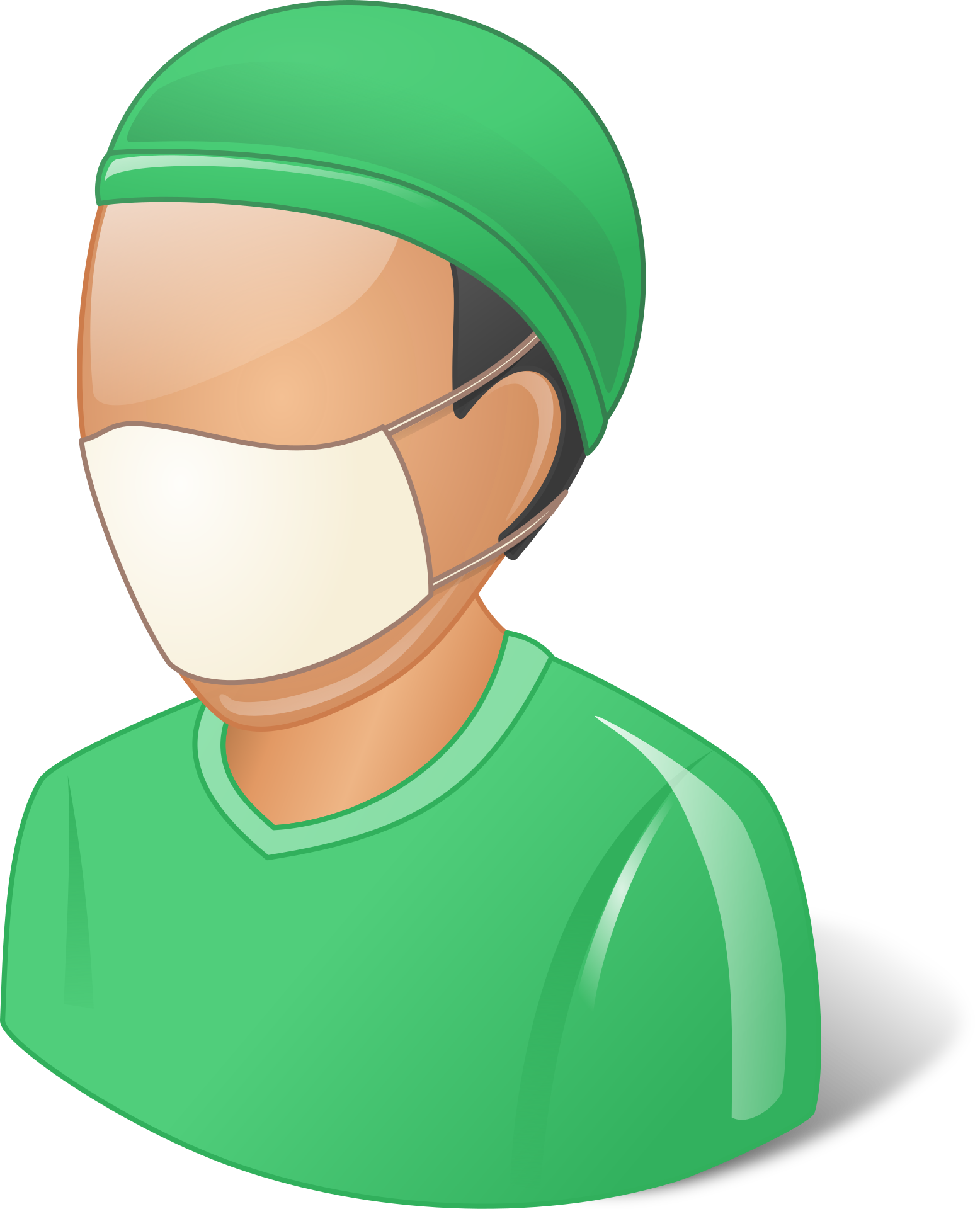Xiao Huang, Dan Wu, An-Shi Wu, Chang-Wei Wei, Jian-Dong Gao
Department of Anesthesia, Beijing Chao-Yang Hospital, Capital Medical University, Beijing, 100020, People’s Republic of China
Correspondence: Jian-Dong Gao; Chang-Wei Wei
Department of Anesthesia, Beijing Chao-Yang Hospital, Capital Medical University, No. 8 South Worker’s Stadium Road, Chao-Yang District, Beijing, 100020, People’s Republic of China
Tel +86 10 85231330
Fax +86 10 85231463
Email gaojiandong66_dr@163.com; weichangwei53fg@163.com
Objective: Insomnia is common in patients undergoing surgery. It can increase the rate of postoperative complications, interfere with patient recovery, and decrease hospital satisfaction. However, there are few studies on perioperative insomnia. This study was conducted to investigate the differences in the demographic, health status, and clinical characteristics of patients with and without insomnia postoperatively, and to identify the potential risk factors of insomnia.
Methods: There were 299 non-cardiac surgery patients, 165 females, and 134 males, with a mean age of 55 years, enrolled in the study. The Insomnia Severity Index (ISI), Patient Health Questionnaire-9 (PHQ-9), Generalized Anxiety Disorder 7 (GAD-7), and Montreal Cognitive Assessment (MoCA) were administered to all the patients preoperatively. The Visual Analogue Scale (VAS) was used preoperatively, and at the end of the surgery, and then one day, two days, and three days after surgery. The PHQ-9, the GAD-7, and the ISI were repeated three days after surgery. Insomnia was diagnosed by the ISI as being a score of 8– 28 (mild: 8– 14; moderate-severe: 15– 21; severe: 22– 28). The patients were divided into group A (with insomnia, N=78) and group B (without insomnia, N=221) according to their ISI score three days after surgery. The general clinical data of the two groups were analyzed first, and then binary logistic regression analysis was conducted to assess the risk factors of insomnia.
Results: A total of 299 non-cardiac surgery patients with a mean age of 55 years were enrolled in the study. Of the included patients, the number of females was 165 and the number of the male was 134. The incidence of insomnia at 3 days postoperatively was 26.1% (78/299). The average points that group A patients scored in the ISI, PHQ-9, and the GAD-7 were significantly higher than those in group B. The VAS score three days after surgery was significantly higher in group A. The PHQ-9 and the GAD-7 three days after surgery showed significantly higher depression and anxiety scores in group A. Logistic regression showed that the ISI (p< 0.001, 95% CI=1.218– 1.500) and the GAD-7 (p=0.003, 95% CI=1.041– 1.218) preoperatively, and the PHQ-9 postoperatively (p< 0.001, 95% CI=1.226– 1.555), were risk factors of insomnia.
Conclusion: Insomnia is common and can worsen after surgery. The present study suggests that depression and anxiety are risk factors for insomnia after surgery. There is a need for further research and the development of strategies for depression and anxiety management to ensure better sleep quality for patients, which will be of significant benefit to their health.
Clinical Trial Registration: The study was registered at clinical trial (NCT04027751); Trial registration: clinical trial, NCT04027751. Registered 22 July 2019; https://clinicaltrials.gov/ct2/show/NCT04027751?cond=NCT04027751&cntry=CN&draw=2&rank=1.
Keywords: insomnia, depression, anxiety, postoperative management, undergoing surgery, noncardiac surgery

This work is published and licensed by Dove Medical Press Limited. The full terms of this license are available at https://www.dovepress.com/terms.php and incorporate the Creative Commons Attribution - Non Commercial (unported, v3.0) License.
By accessing the work you hereby accept the Terms. Non-commercial uses of the work are permitted without any further permission from Dove Medical Press Limited, provided the work is properly attributed. For permission for commercial use of this work, please see paragraphs 4.2 and 5 of our Terms.

